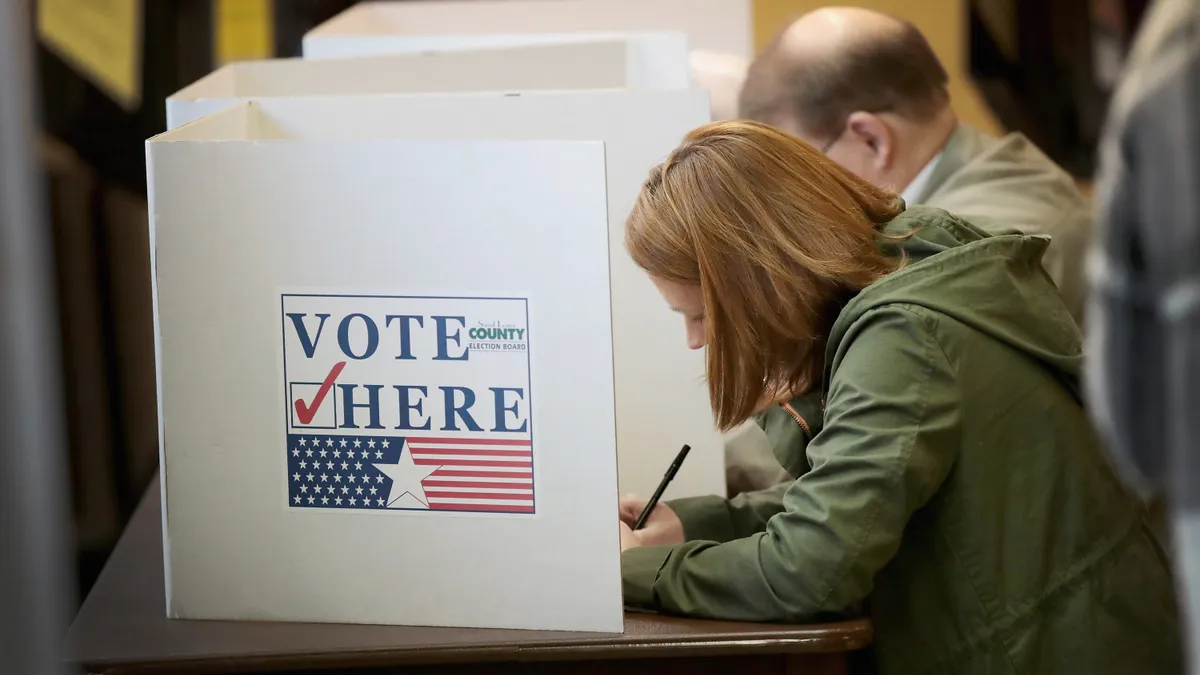Dive Brief:
- Integral Ad Science (IAS) announced what it claims is the advertising industry’s first deepfake measurement solution in a press release.
- Currently in beta testing, the tool is intended to help marketers avoid placing advertisements next to deepfakes. The launch comes ahead of the 2024 U.S. presidential election, which is expected to prompt a surge of deepfakes, convincing digital lookalikes of real people that are often created with the intention to manipulate.
- The technology, which is already available to select U.S. advertisers, operates by using deepfake signals and IAS’ misinformation categorization capabilities. It is intended to detect deepfake signatures such as faceswaps and other image manipulations.
Dive Insight:
As concerns over deepfakes increase ahead of the 2024 presidential race, and with the rise of more sophisticated generative artifical intelligence, brand safety has become even more complicated. Marketers are looking for a way to reliably filter out content that could potentially harm their brands, which has proven tricky. IAS is hoping to fill that gap as election spending ramps up. The initiative is part of the Global Alliance for Responsible Media-defined Brand Safety Floor, as well as the Sustainability Framework misinformation category.
IAS boasts up to 74% greater accuracy with its technology, which scales across platforms. The deepfake product will be benchmarked across both open-sourced models and IAS’ own classification framework, according to the press release.
“Marketers are looking to leverage new technologies to detect and mitigate the harmful effects of deepfakes and misinformation, and we’re excited to offer this latest innovation ahead of the U.S. elections,” said Lisa Utzschneider, CEO of IAS, in a press statement. “Marketers need reliable partners and data to help them safeguard their brands, and our deepfake detection offering will empower them with the actionable data needed to address this rising threat.”
Brand safety has proven to be a complex, multifaceted and enduring topic in the digital marketing world. While some sources suggest brand safety tools are not going far enough, other studies have indicated brands can be too stringent with their guidelines to the detriment of publishers. A recent study by agency Stagwell found that marketers that are overly cautious when it comes to running advertisements adjacent to negative news stories, such as about war and inflation, can miss huge demographics.















